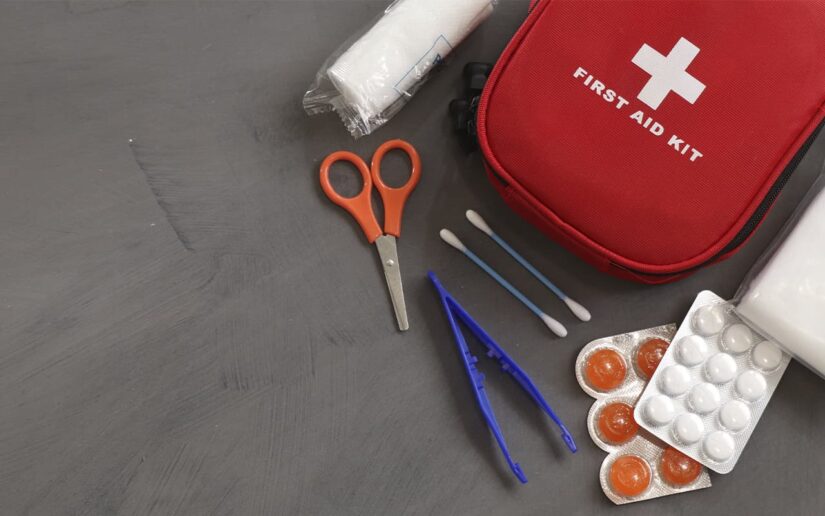Helping Adults
Duration of the course: 8 hours.
Purpose: to teach the public to provide First Aid to adults and the elderly in emergencies, injuries, bleeding, exacerbations of diseases and other health problems.
For whom: for people over the age of 16 in any line of work, professionals working with adults, employees of various businesses, companies and firms, employees in manufacturing and offices.
Course format: 40% theory + 60% hands-on training with practice of First Aid skills.
Course Topics
Introduction (organizational issues)
- registration, introductions (introduction of instructors and trainees);
- Course outline, breaks, course goals and objectives.
Introduction:
- What is First Aid;
- Legal aspects of First Aid;
- Personal safety when administering First Aid;
- basics of psychological support.
Algorithm (steps) of First Aid:
- inspection and safety assessment of the scene;
- examination of the victim (determination of life-threatening factors);
- Calling an ambulance and the work of this service;
- providing First Aid.
Victim unconscious (breathing is present):
- checking the presence of consciousness;
- ensuring airway patency;
- checking breathing;
- recovery position;
- First aid for total and partial loss of consciousness (fainting).
Heart attack and cardiac arrest:
- Heart attack, signs, First aid;
- Causes of cardiac arrest;
- Cardiopulmonary resuscitation (CPR) for adults;
- The peculiarities of CPR for drowning.
Victim choking (airway obstruction):
- causes, prevention;
- signs of partial and complete obstruction of the airways;
- First aid to an adult;
- peculiarities of providing First Aid to obese people;
- self-care.
Bleeding:
- types of bleeding;
- ways to stop bleeding, applying a pressure dressing;
- First aid in case of nasal bleeding;
- First aid for internal bleeding.
Wounds and burns:
- Classification of wounds and burns;
- First aid, including wounds with foreign bodies;
- First Aid for Eye Wounds;
- First Aid for different types of burns (thermal, chemical, solar, electrical).
Musculoskeletal injuries:
- Types of injuries, general symptoms;
- application of splints and fixation bandages;
- traumas of the head and spine.
Transportation (relocation) of the victim:
- when it is necessary to transport the injured person;
- methods of transportation of the victim.
Acute conditions and exacerbations of diseases:
- diabetes;
- epilepsy;
- heart attack;
- stroke…
Summing up the course.
